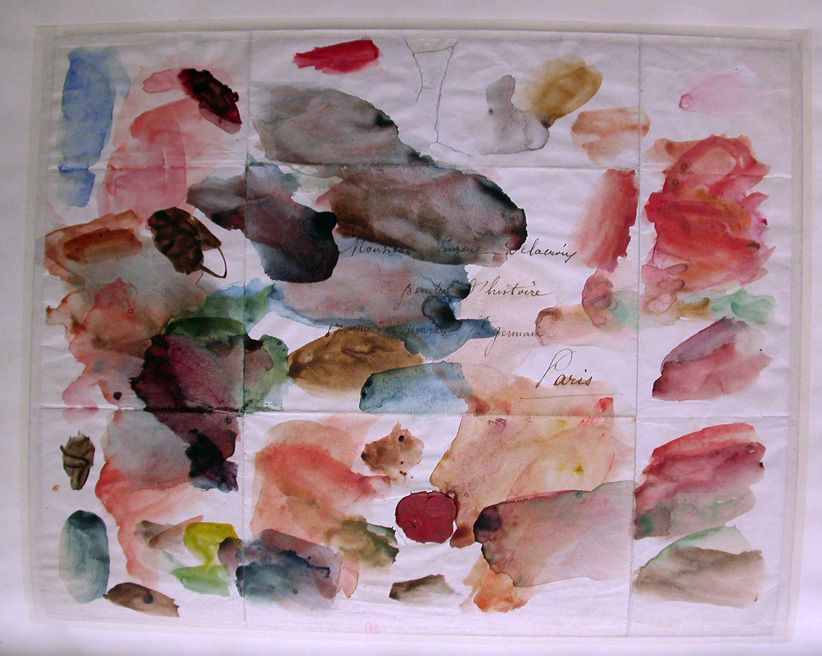- Accès directs
Paul NiellChercheur invité
11 juin au 9 juillet 2023
Paul Niell est un spécialiste de l'art, de l'architecture et de la culture visuelle des pays hispanophones de la fin du XVIIIe et du XIXe siècle. Il a écrit sur l'adaptation du classicisme des Beaux-Arts et des académies des beaux-arts aux Caraïbes, à Cuba et à Porto Rico, où l'esclavage et la race sont devenus des aspects constitutifs de la production et de la réception des beaux-arts. En tant qu'auteur, son travail est investi dans les études sur l'esclavage, les études atlantiques, le matérialisme historique, les études coloniales, les études critiques du patrimoine, l'histoire de l'architecture et l'étude de la tradition classique euro-américaine. Il donne des cours dans le cadre du programme des cultures visuelles des Amériques du département d'histoire de l'art de l'université d'État de Floride, où il est professeur associé. Il est l'auteur de Urban Space as Heritage in Late Colonial Cuba: Classicism and Dissonance on the Plaza de Armas of Havana, 1754-1828 (University of Texas Press, 2015) et co-éditeur avec Stacie G. Widdifield de Buen Gusto and Classicism in the Visual Cultures of Latin American, 1780-1910 (University of New Mexico Press, 2013). Ses travaux sont publiés dans The Art Bulletin, Colonial Latin American Review, The Latin Americanist et le Bulletin of Latin American Research.
Paul Niell est codirecteur, avec Stella Nair de l'Université de Californie, Los Angeles, du programme principal 2022/2023 du Center of 17th and 18th Century Studies de la Clark Library de l'UCLA, intitulé "The Forgotten Canopy : Ecology, Ephemeral Architecture, and Imperialism in the Caribbean, South American, and Transatlantic Worlds". Ses travaux les plus récents comprennent l'étude d'une forme d'architecture éphémère connue sous le nom de "bohío" dans les Caraïbes hispanophones, en dialogue avec le classicisme des Beaux-Arts et en relation avec les processus de formation de l'empire et de l'identité nationale.
English versions
Dr. Paul Niell is a scholar of the art, architecture, and visual culture of the late eighteenth and nineteenth-century Hispanophone. He has written on the adaptation of Beaux-Artes classicism and fine arts academies to the Caribbean settings of Cuba and Puerto Rico, where slavery and race became constituent aspects of the production and reception of the fine arts. As an author, his work is invested in slavery studies, Atlantic studies, historical materialism, colonial studies, critical heritage studies, architectural history, and the study of the Euro-American classical tradition. He teaches courses in the Visual Cultures of the Americas program in the Department of Art History at Florida State University where he is Associate Professor. He is the author of Urban Space as Heritage in Late Colonial Cuba: Classicism and Dissonance on the Plaza de Armas of Havana, 1754-1828 (University of Texas Press, 2015) and co-editor with Stacie G. Widdifield of Buen Gusto and Classicism in the Visual Cultures of Latin American, 1780-1910 (University of New Mexico Press, 2013). His work appears in The Art Bulletin, Colonial Latin American Review, The Latin Americanist, and the Bulletin of Latin American Research.
Dr. Niell is co-director, along with Dr. Stella Nair of the University of California, Los Angeles of the 2022/2023 core program for the Center of 17th and 18th Century Studies at the UCLA Clark Library titled, “The Forgotten Canopy: Ecology, Ephemeral Architecture, and Imperialism in the Caribbean, South American, and Transatlantic Worlds.” His most recent work includes the study of an ephemeral form of architecture known as the “bohío” in the Hispanophone Caribbean in dialogue with Beaux Artes classicism and in relation to processes of empire and national identity formation.














